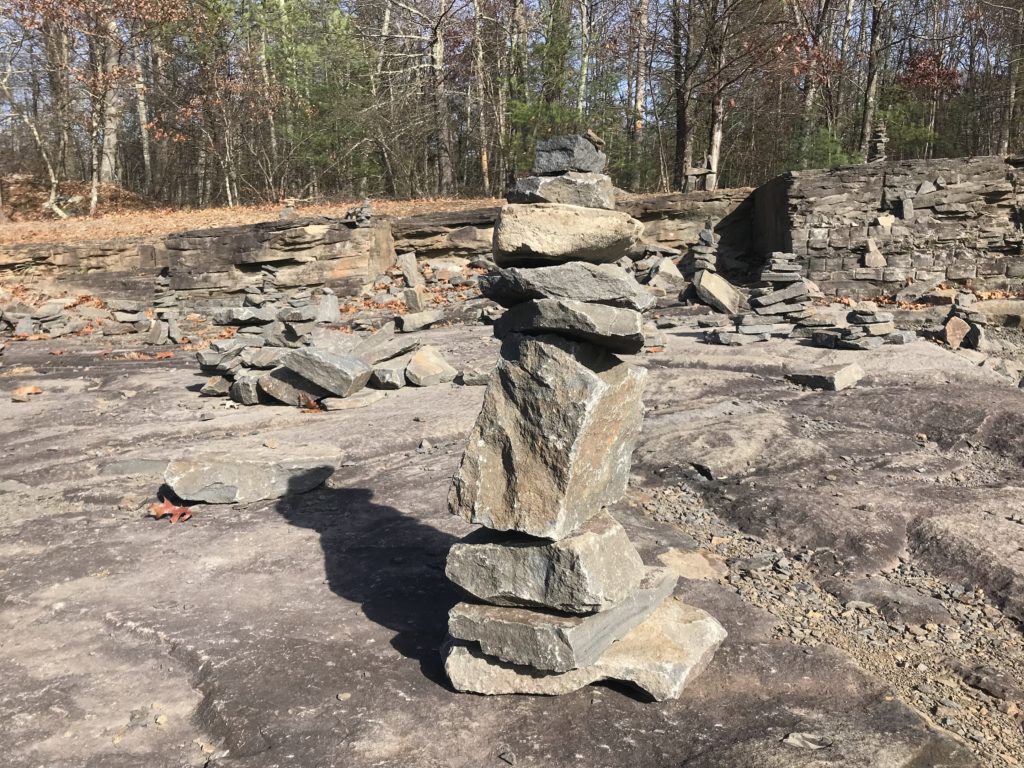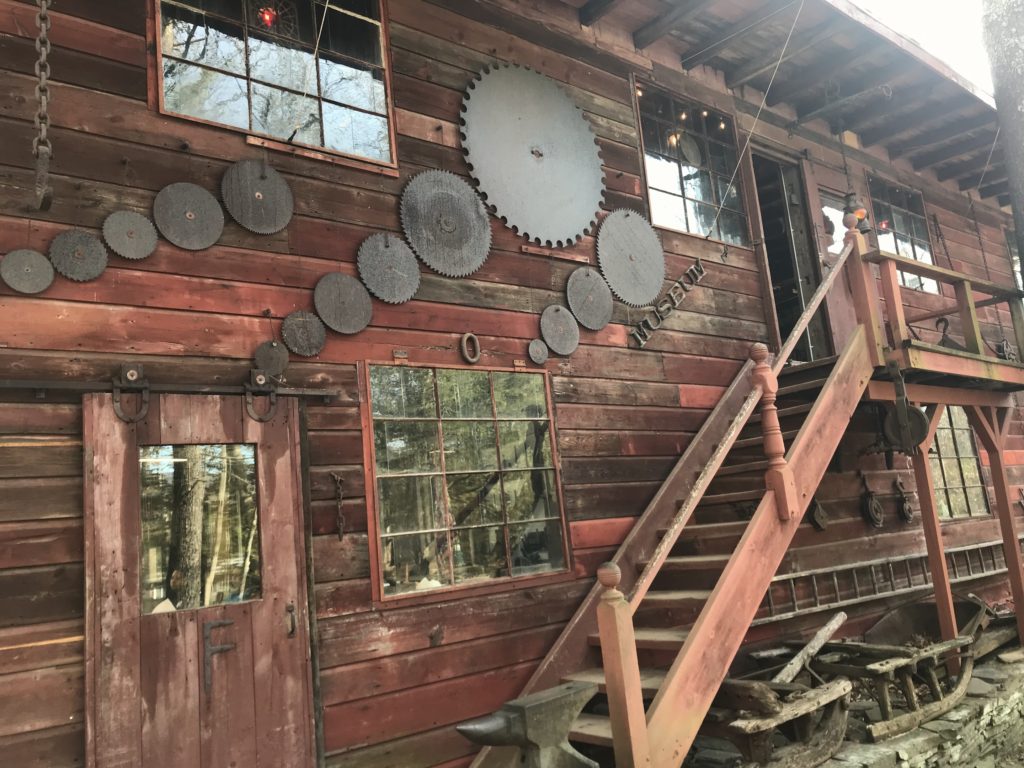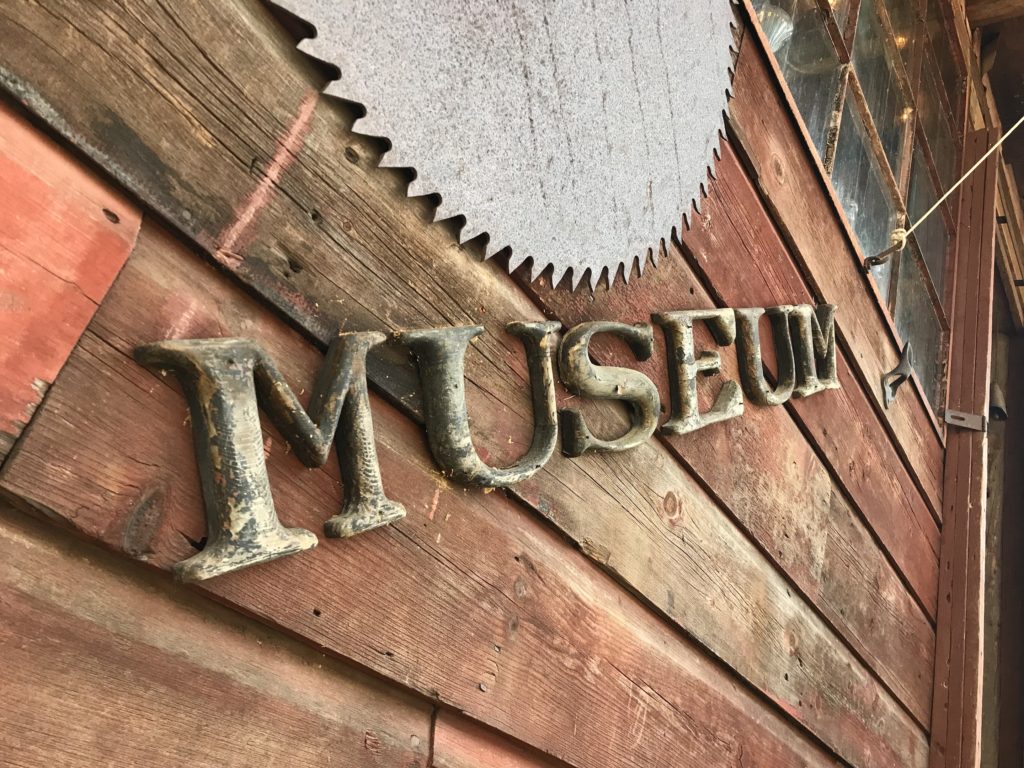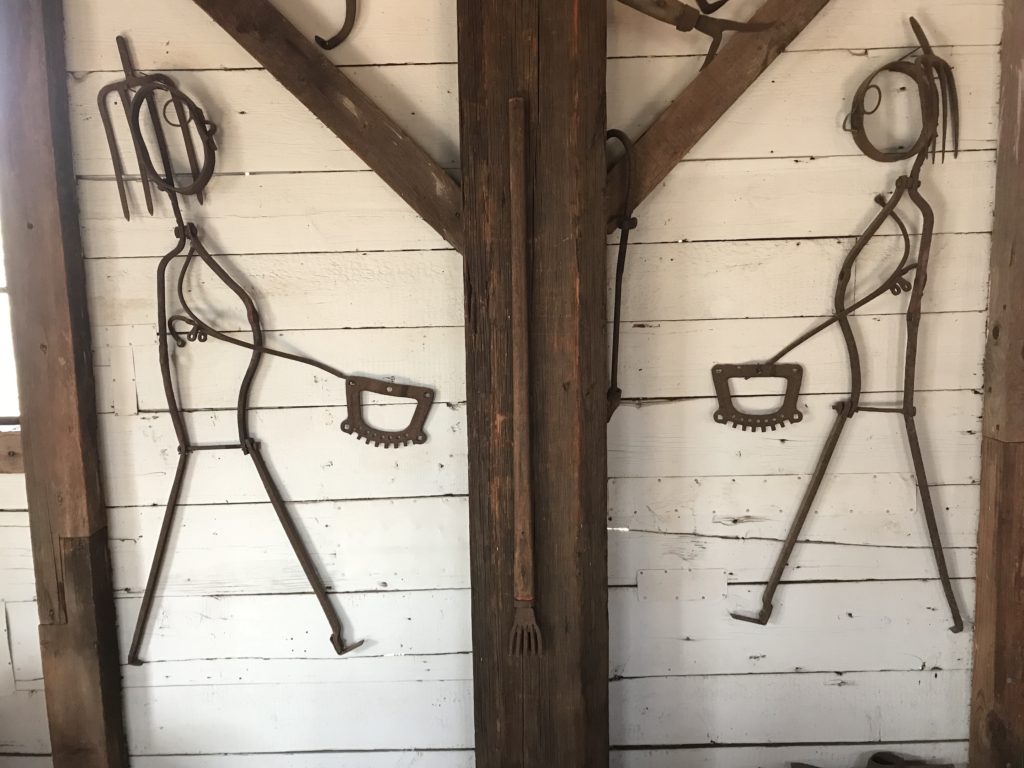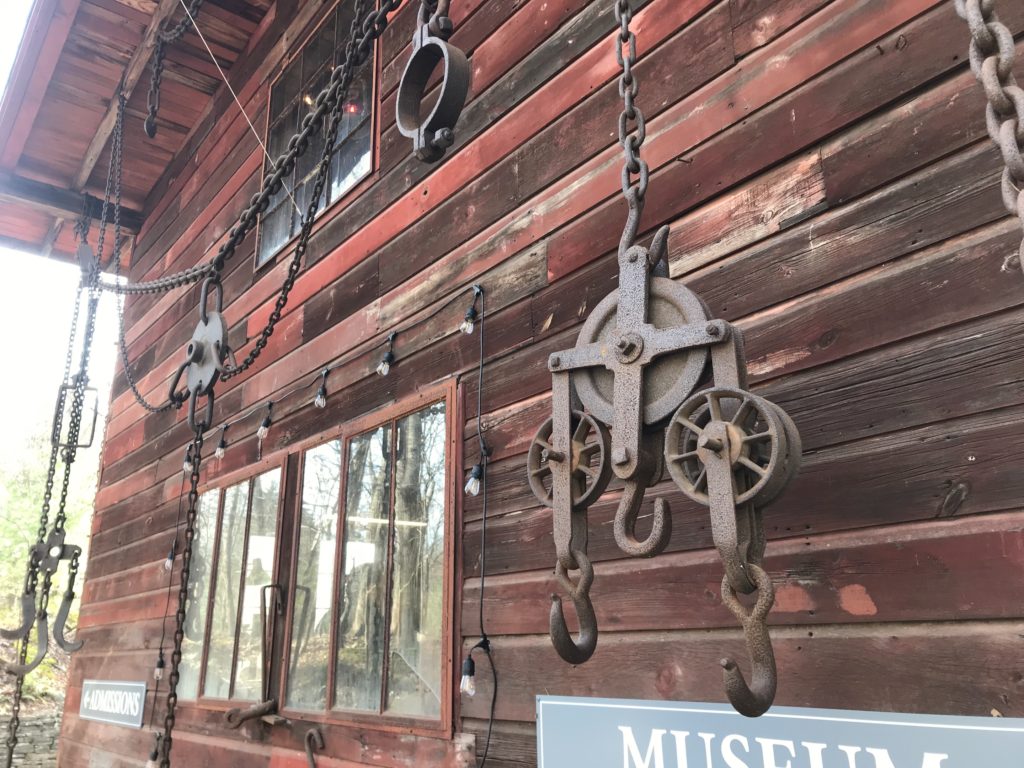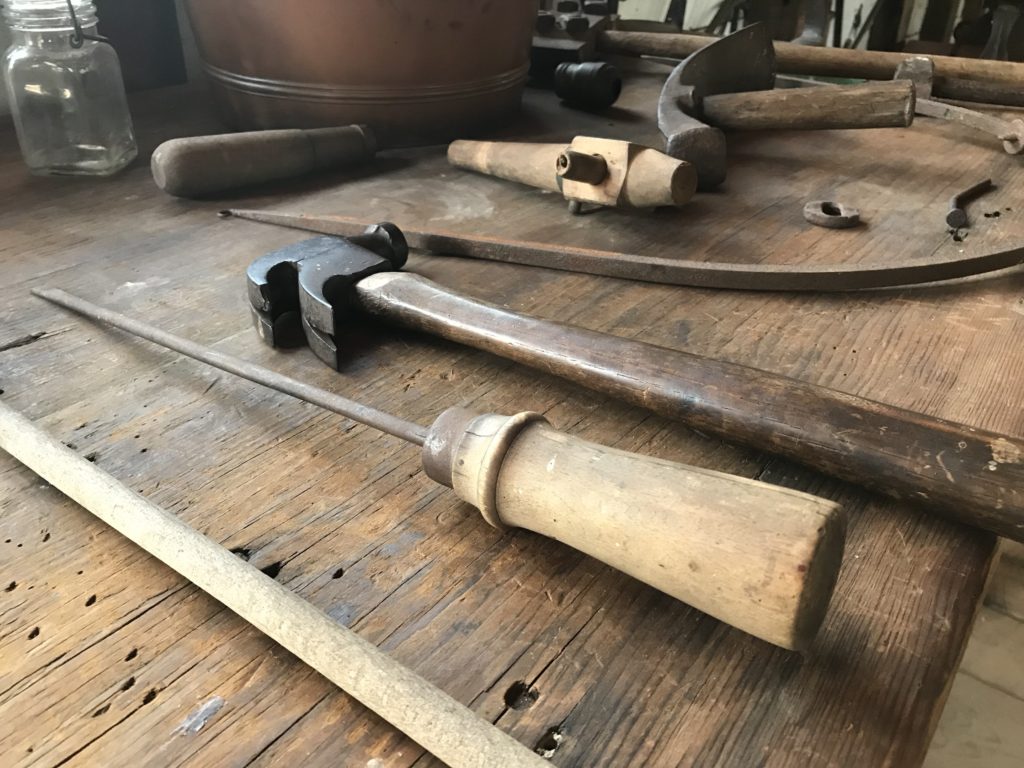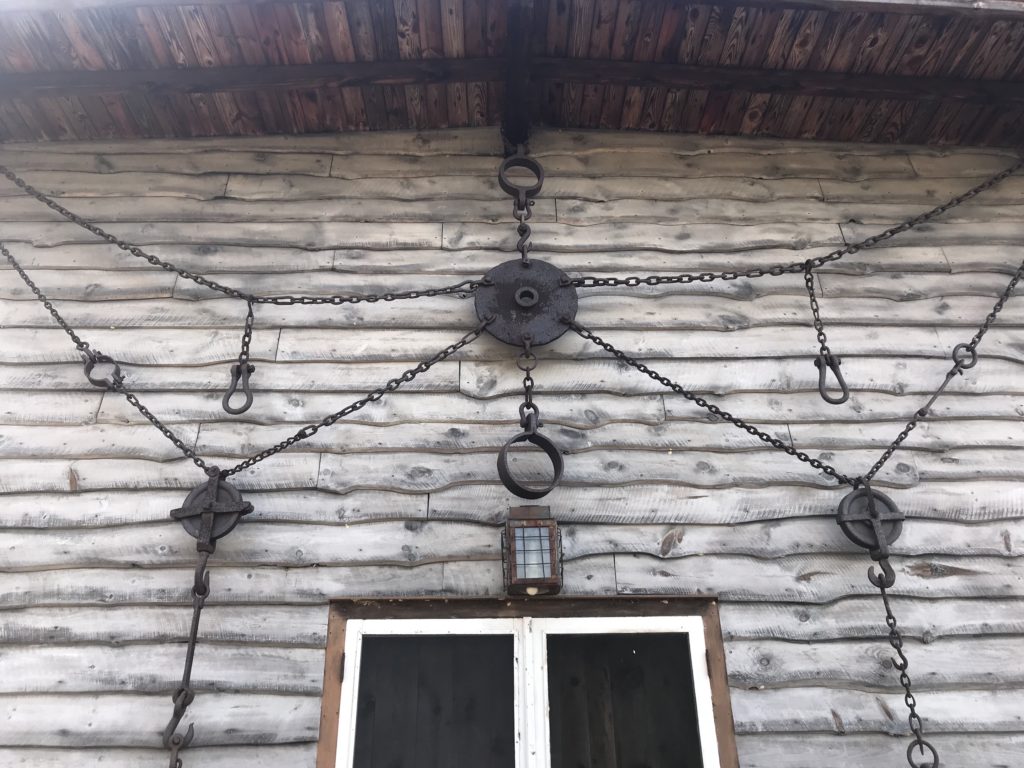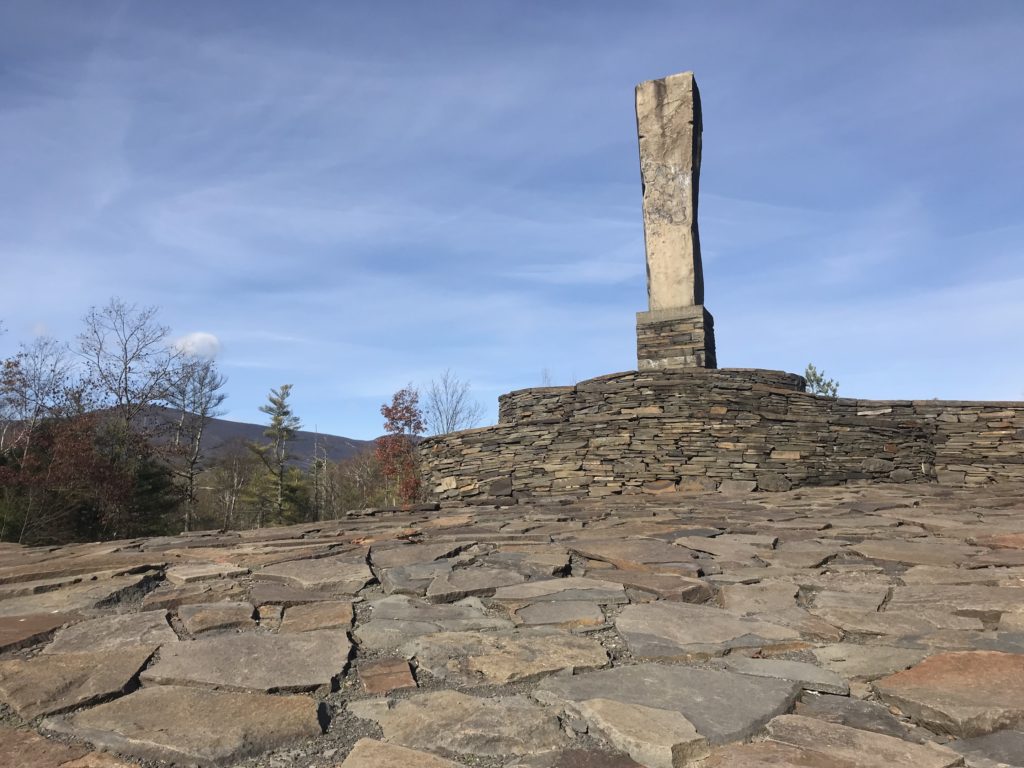
In the shadow of Overlook Mountain in Upstate New York, you’ll find one of the most apt monuments of the Catskills, The Opus 40 Sculpture Park. It’s apt because it was built by hand using Catskills bluestone, and in the Catskills it’s no exaggeration to say we have vast quantities of rock and stone, which is emblematic of the strength of character necessary to create the life of a resilient, full-time mountain-dweller. Living in the Catskills year-round is to be like Sisyphus, to roll the proverbial rock up the hill and attempt to keep it there. Opus 40 is the quintessential symbol of the challenging task of making a living in these ancient hills. Here, as the saying goes, there are “two stones for every dirt” – more loose stone than soil – and one local transplant even spent four years removing all the stones from his land so that he could start a farm fit to be planted.
Assembled by hand over 37 years by local sculptor Harvey Fite, the park rises out of the pit of an abandoned quarry like it’s a relic that’s been delicately unearthed by the brush of a giant archeologist. What’s extraordinary is that there were no plans or drawings made before the work began. Fite literally just began and continued until his death 37 years later, and all his tools, winches and pulleys remain to this day in the Quarryman’s Museum in a red barn on the property. It’s named Opus 40 because he predicted that it would take 40 years to complete, but he met an untimely demise three years shy of his goal in an accidental fall in the park.
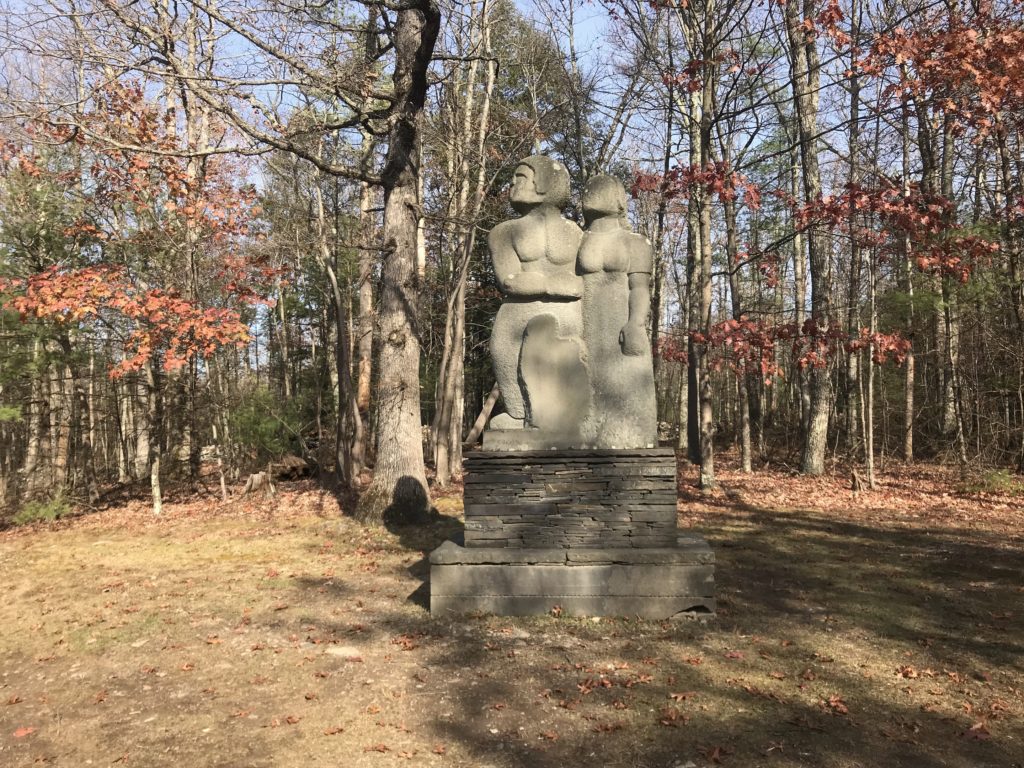
Fite bought the 12-acre property in 1938 and built his house on the lip of the quarry. This house – the Fite Family residence – is still in use today. (Fite’s great-grandson, Arick, still gives private tours of the park.)
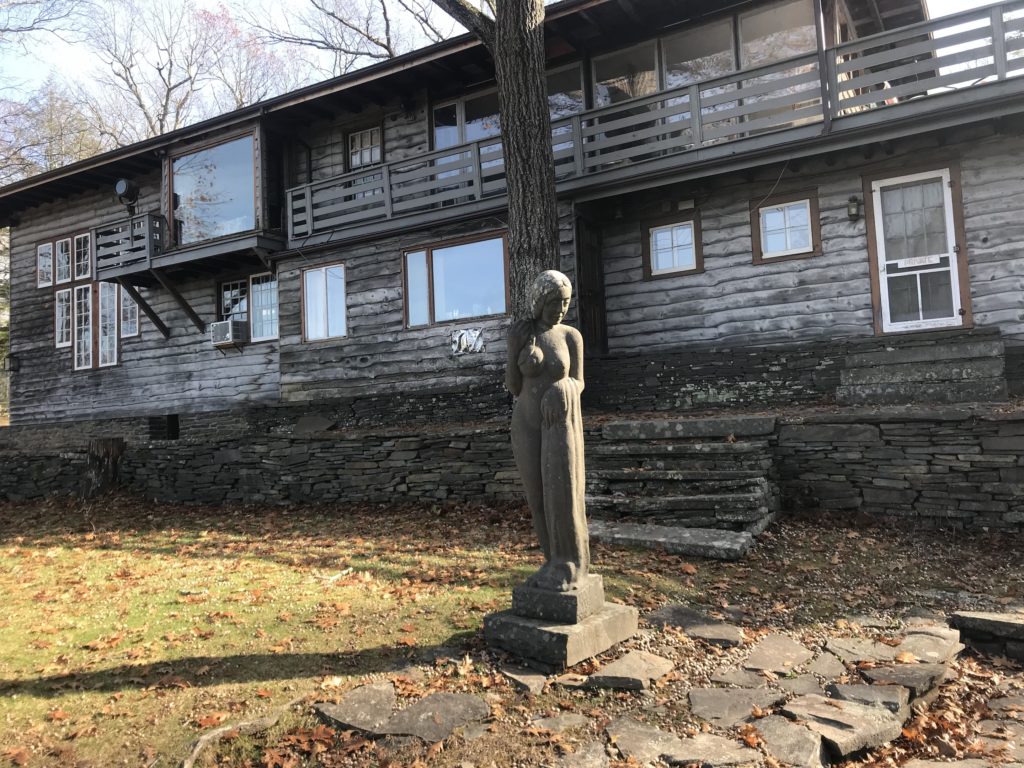
The park is built using the dry keystone method that allows water to drain through, which prevents ice from destroying the construction, and a natural spring system underneath the park has created stone swimming pools that get drained and cleaned every year.
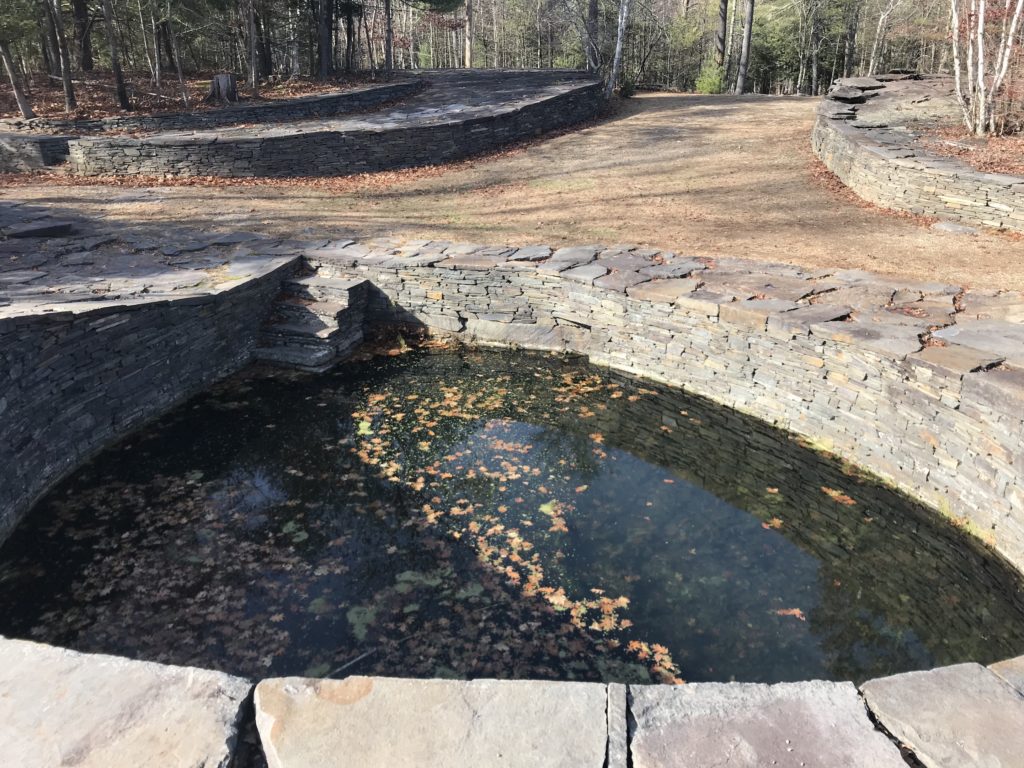
There’s a large wall of rocks in one secluded corner on the edge of the park, beyond a perfectly lain bend, that has gathered moss, as if the work itself has come to rest. It’s a fitting memorial to the sculptor whose ashes were scattered at the site.
Opus 40 is open May through November from 10.30am to 5.30pm, but private tours are available by emailing [email protected]. Weddings, concerts, parties and other gatherings are hosted throughout the summer in the park. There is a picnic area for day use and a large area with loose, small rocks that is a “safe space to build small cairns” – this is something of an inside joke because there has been a debate raging in hiking groups about the trouble with cairns for years. Local stewards are against them but that’s an entire other story. For more information visit the Opus 40 Website.
